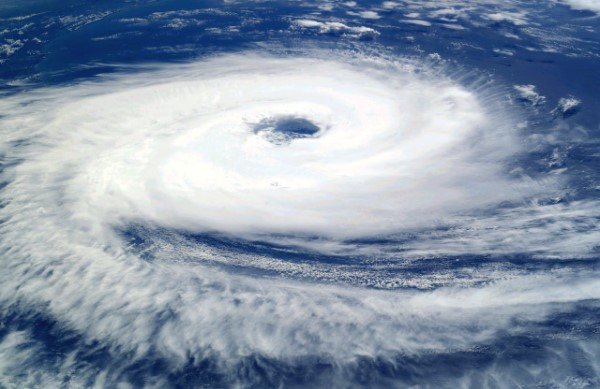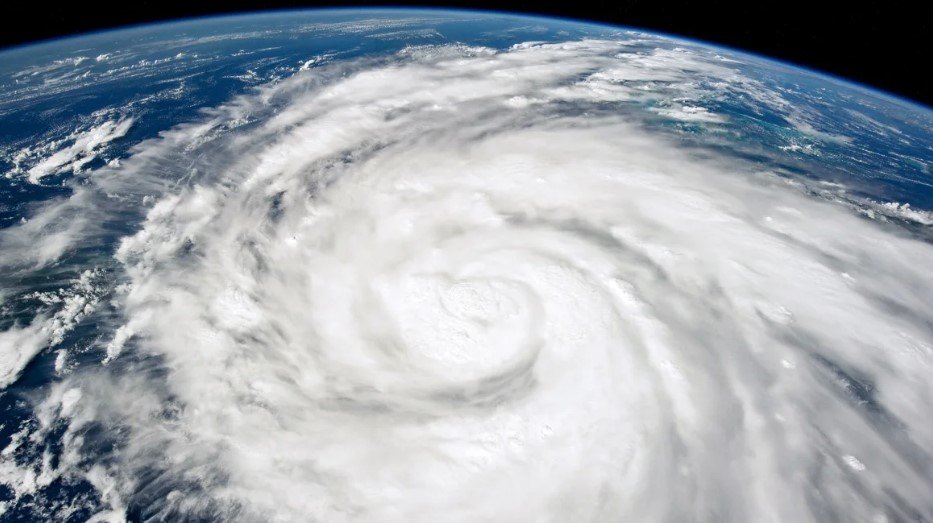Settle in and brace yourself: Colorado State University’s top forecasters have predicted a “extremely active” hurricane season. As a matter of fact, since Colorado State started making forecasts in 1995, this April forecast has the most storms ever anticipated.
Hurricanes season are included in the forecast:

The forecast’s author, Phil Klotzbach of Colorado State University, is aware of what the models indicate about the upcoming hurricane season, which begins on June 1, but he finds it hard to believe that things would be so busy.
We’re releasing a fairly aggressive forecast, according to Klotzbach, a senior research scientist in Colorado State University’s atmospheric science department: 23 named storms, 11 hurricanes, and five significant hurricanes. And even that completely undermines the model instructions.
Season expected to be extremely active
According to him, all signs point to a very active season, with record-warm Atlantic water temperatures and a swift shift to La Niña.
Based on weather statistics spanning from 1991 to 2020, an average year has roughly 14 tropical storms, with seven of them developing into hurricanes.
Some anticipate a busy season as well
The UK Met Office and the European Center for Medium-Range Weather Forecasts, which anticipate nine hurricanes between April and September, are also anticipating a busy Atlantic season, he said. The majority of storm activity usually occurs in mid-August to mid-October.
In reference to his late mentor, Bill Gray, who invented seasonal hurricane outlooks for the Atlantic, Klotzbach told USA TODAY last week that if Gray knew we were forecasting this, he’d think we’d gone crazy.

Although the National Oceanic and Atmospheric Administration’s seasonal prediction isn’t expected until May, its forecasters are examining the same concerning models and temperatures as Klotzbach is.
Robbie Berg, a National storm Center storm specialist, stated, “I’m not surprised by anything anymore.”
There were 20 named storms in 2017, despite numerous forecasts indicating a gentler season, Berg told USA TODAY. That’s the fourth-most named storms on record, and six more than average.
“Don’t focus on this because we know that there are other factors that come into play in how many storms we get and how strong they get,” was our warning from the previous year, according to Berg. The water is “very warm,” he said, and these signals indicate that we’re moving toward a La Niña, which would tend to produce more storms.
How about landfalls?
The areas where hurricanes make landfall are not particularly affected by the seasonal forecast models. Part of what directs tropical storms and hurricanes is where high-pressure ridges form over the ocean.
But according to Klotzbach, when a La Nina develops, more hurricanes are likely to traverse the Atlantic more westward rather than turning north when they get closer to the islands in the far eastern Caribbean. According to him, this is more favorable for hurricane landfalls in Florida than in Texas and Alabama, and it extends down the East Coast from Florida to Maine.
Over the following few months, Klotzbach anticipates the appearance of La Niña conditions. Typically, when El Niño drops winds over the Atlantic that work against those high cloud tops, La Niña leads to more activity in the region because the lighter winds in the upper atmosphere allow hurricanes to build up the big, powerful cloud tops that give them their oomph.
However, recent events across the Atlantic have been everything but normal. The Atlantic generated seven hurricanes last year, which is the average for a typical season, notwithstanding El Niño.
Atlantic Ocean warming records
For over a year, ocean temperatures throughout the majority of the Atlantic have been breaking records, but experts are still unsure of the exact cause.
Klotzbach acknowledged that not a great deal may change, but yet a lot can. We would be at the second-warmest temperature on record going back to 1980 even if the Atlantic warms the least between February and September than it has warmed over the same period of time at any other point in the previous 40 years.
Unless there is an eruption of a tropical volcano or something similar, he said, it will be difficult to make the Atlantic cold at this time.

Berg stated that even though this season may be active, it doesn’t indicate where those storms might go. So perhaps we would be fortunate enough to have them linger out over the Atlantic. However, we are unaware of this, which is why we must remain ready each year, regardless of the number of storms—where they develop and where they go is what matters most.

